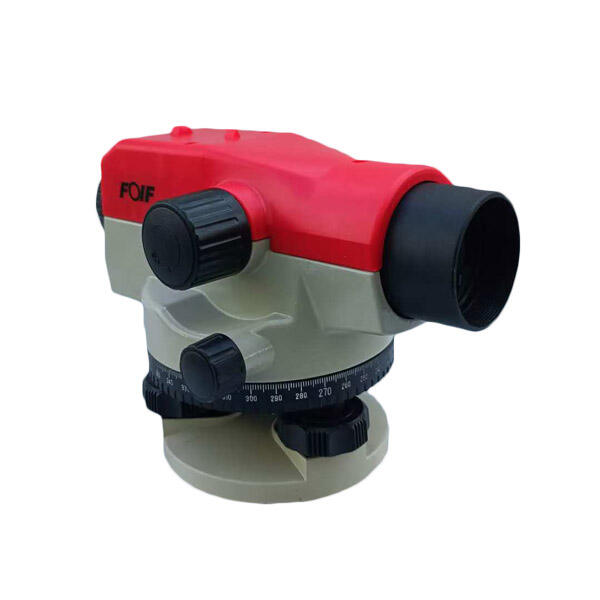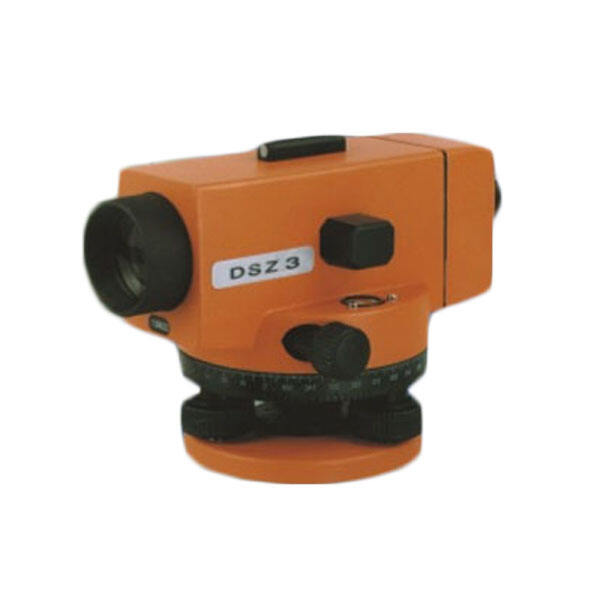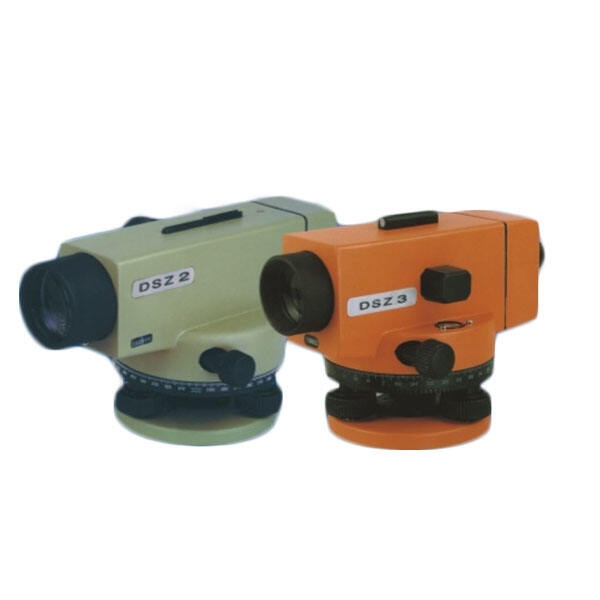auto level used in surveying
An auto level, also known as an automatic level or builder's level, is a precision optical instrument essential in modern surveying and construction. This sophisticated device consists of a telescope mounted on a base with leveling screws and an automatic compensator system that maintains horizontal sight even when slightly off-level. The instrument's primary function is to determine height differences between points and establish level lines across construction sites and surveying areas. The auto level features a circular bubble level for rough leveling, while its internal compensator mechanism automatically adjusts the line of sight to true horizontal within seconds. Modern auto levels incorporate high-quality optics with magnification typically ranging from 20x to 32x, providing clear visibility across long distances. The device's waterproof and dustproof construction ensures reliable performance in various weather conditions. Advanced models often include digital readouts, electronic data storage capabilities, and enhanced accuracy ratings of up to 0.7mm per kilometer of leveling. The auto level's versatility makes it indispensable in applications such as building foundation layout, road construction, pipeline installation, and topographic surveying. Its user-friendly design allows both professionals and semi-skilled operators to achieve accurate measurements efficiently.


